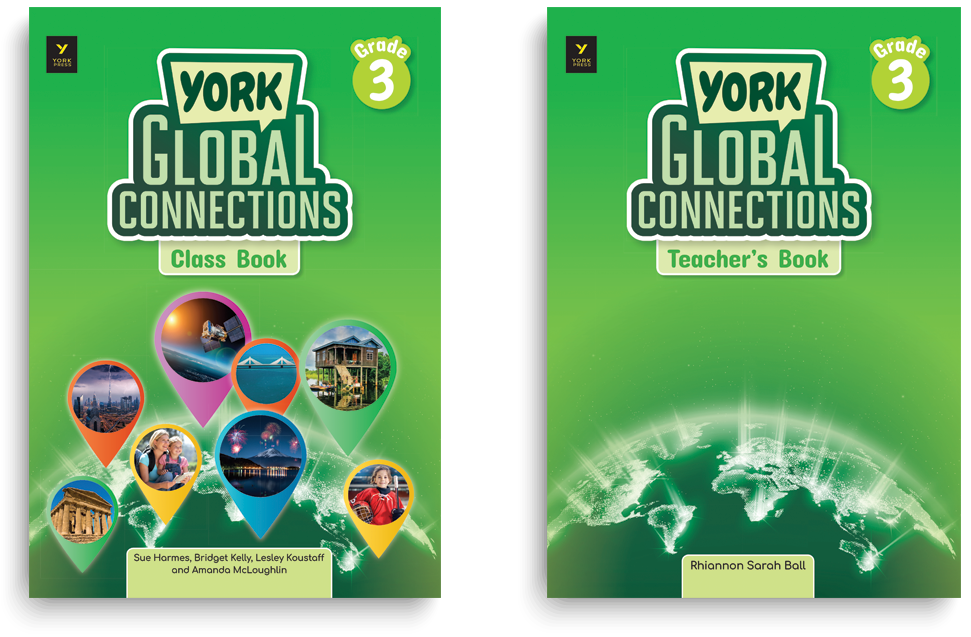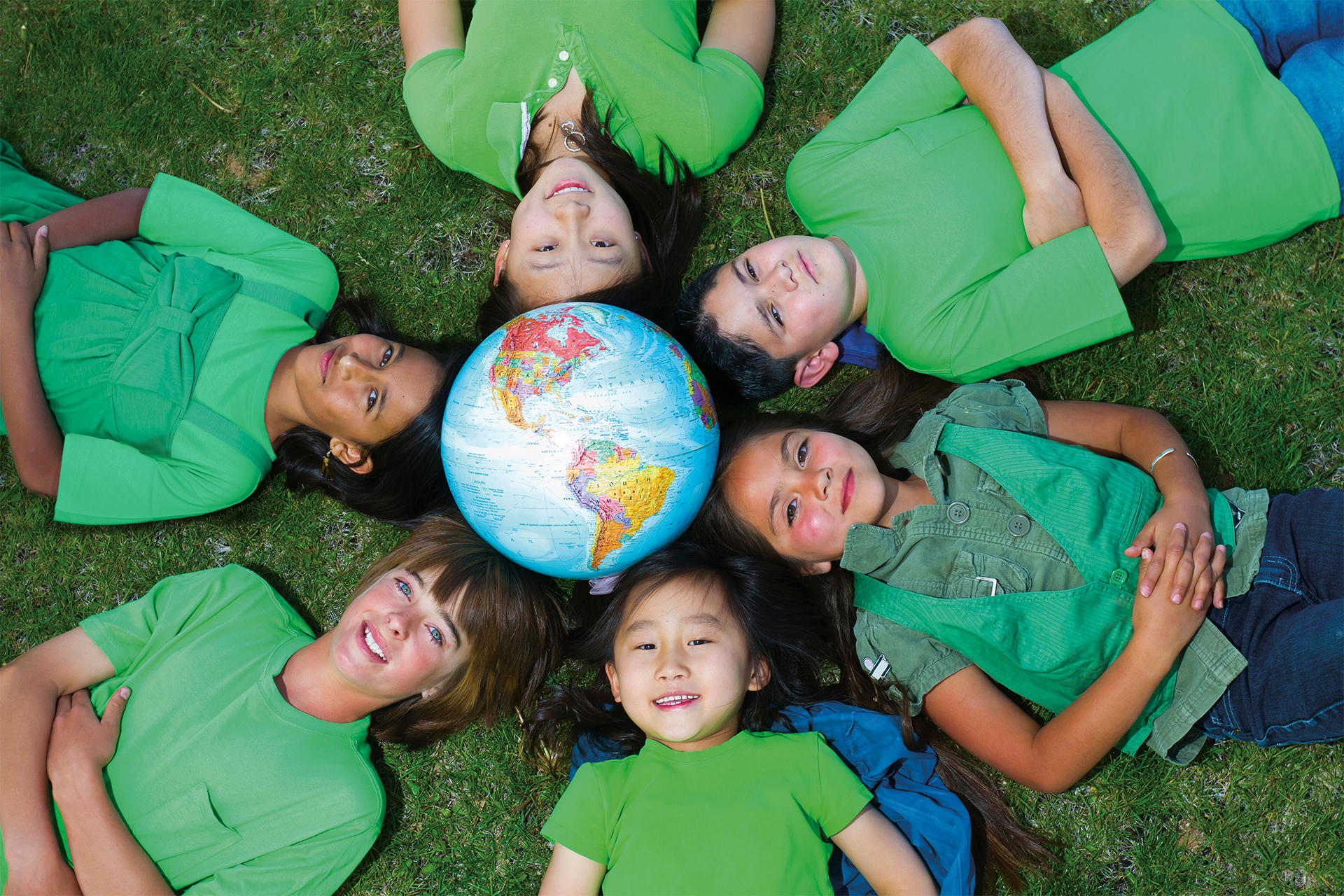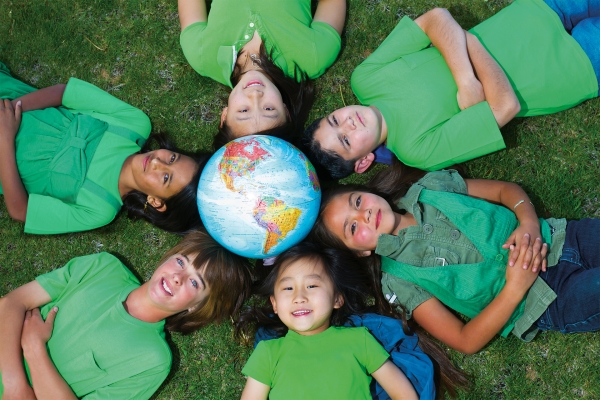York Global Connections
York Global Connections is a six-level course for children in primary schools. The course is intended for the private sector and for international schools, where schools currently use international products, and where there are between 1–3 lessons a week. Each level has six modules. Each module covers a discipline within Social Studies and this framework continues through the levels.
York Global Connections is our new Social Studies course for Grades 1–6 in the private sector. Social Studies is the study of people, and their human and physical environments. The course brings together all of the disciplines within Social Studies in an exciting, vibrant and inspiring new course. In York Global Connections, pupils learn by reading stories and interesting texts, singing songs, engaging in stimulating speaking activities, completing fun group projects and much, much more! Come and see how York Global Connections can be used in your classroom!
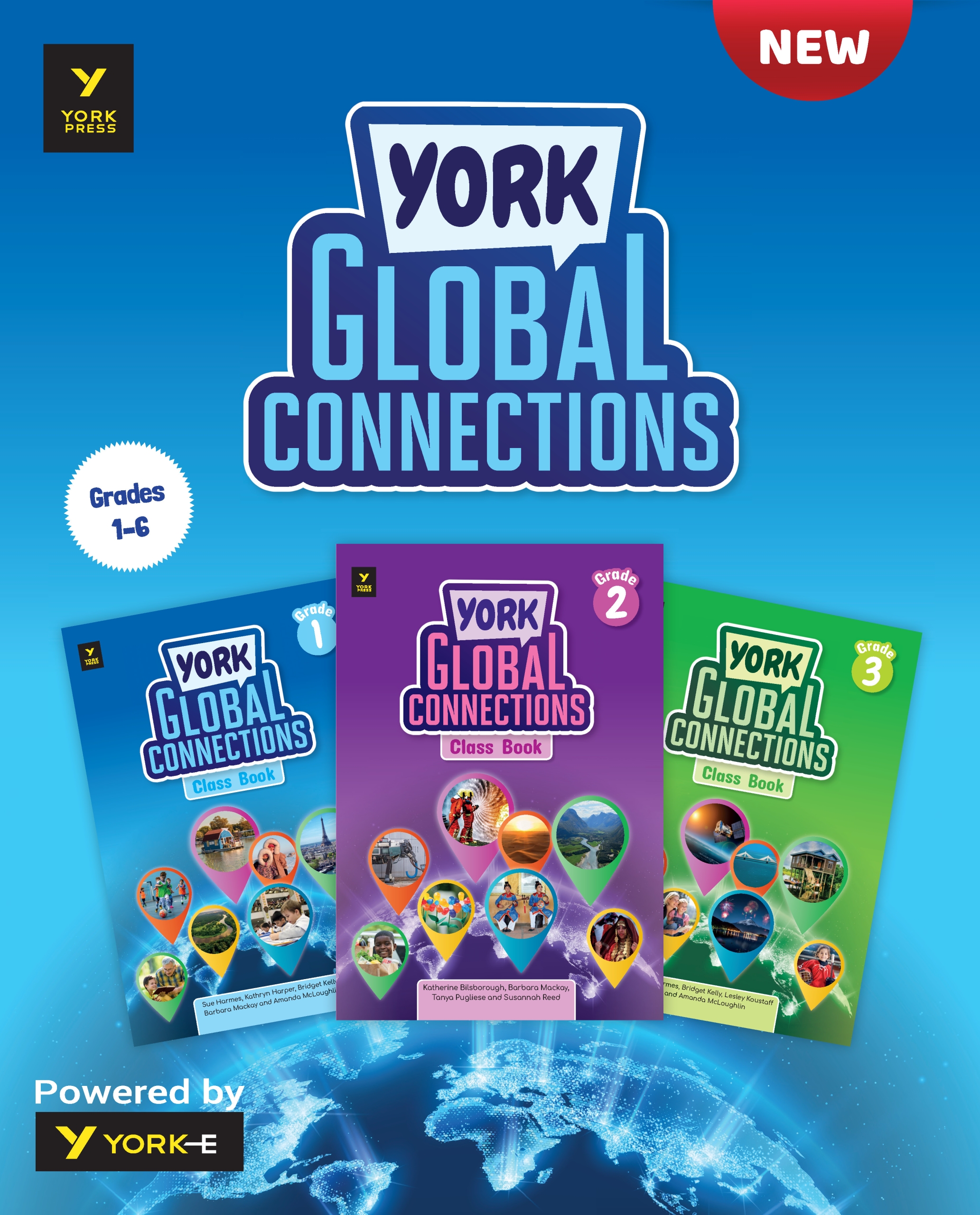
Important questions and answers about the methodology of York Global Connections
Is your question here? Read on and find out!
How does the course allow for the fact that pupils are not native speakers of English?
All of the language used in the course is graded to the CEFR (The Common European Framework of References for Languages). The learners in Grades 1–3 are approximately A2 level and the learners in Grades 4–6 are approximately A2–B1. Language is used as a means to access the subject matter, as the content is of prime importance, but we ensure that the content is easily accessible. The ‘What does it mean?’ feature covers the words in the lessons which are above-level and which are necessary to understand the subject matter. In addition, the length of the reading texts are set to a maximum for each level of the course. Texts in the course for Grade 1 are between 75 and 100 words, for example.
Does the content relate to my region, the world as a whole or both?
The course is intended for schools in countries across our region and as such, much of the content is directly relevant to your pupils and their immediate environment. But pupils are also global citizens and as such, the course broadens knowledge out to the world as a whole.
How is the content taught?
The content of the course is taught in a variety of ways across the lesson so that the lesson content is always varied and interesting for learners and for teachers. The content is taught via stories, songs, poems, chants, role plays, reading, listening and personalisation activities.
Why does the course integrate listening, speaking, reading and writing skills?
Literacy skills are an important element of a child’s education. Using material from the four skills means that we are providing a balanced education as a part of the course. We want to build speaking skills, as public speaking is an important skill which needs to be developed. In the activities which use the four skills, pupils will often encounter the material twice: once for gathering the general idea, or the gist, and then once again to examine the detail.
What visual material is used to teach the content?
Photographs, artwork, maps and diagrams are all used where appropriate to bring the content to life.
What is a Big Question?
The use of a Big Question as a lesson title is part of an enquiry approach. The questions are phrased in language which is easily understood. The questions help to focus and guide the learner to show the purpose of the lesson, and the lesson activities are structured in such a way to help them answer the question. It is intended that pupils can answer the Big Question independently at the end of each lesson.
Why do we need self-assessment?
Self-assessment is a central area of learner development. Pupils are asked to judge for themselves how well they have taken in the lesson content. Teachers can then check and ask pupils to revise content accordingly.

Grade 1
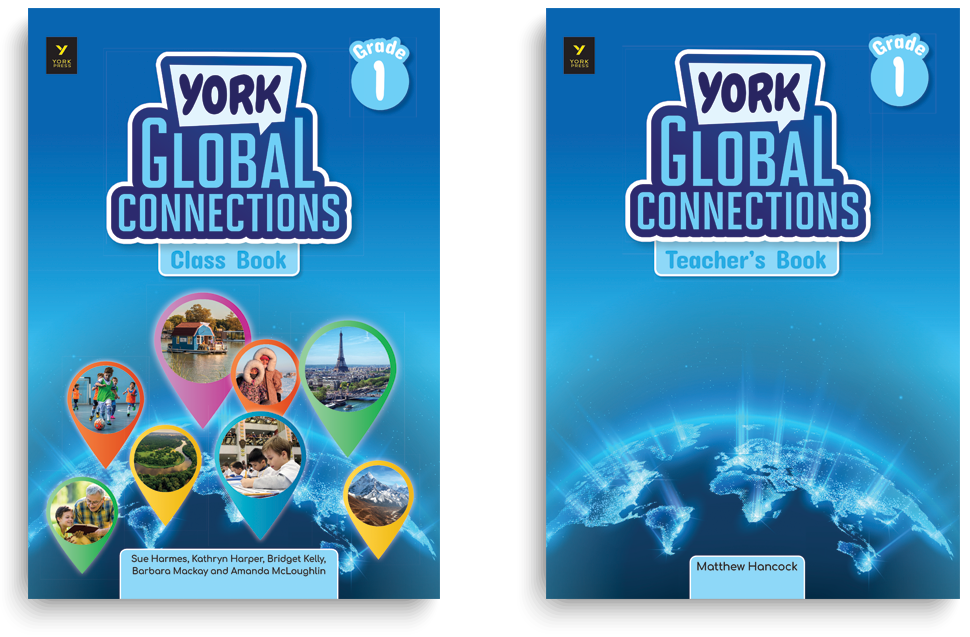
Grade 2
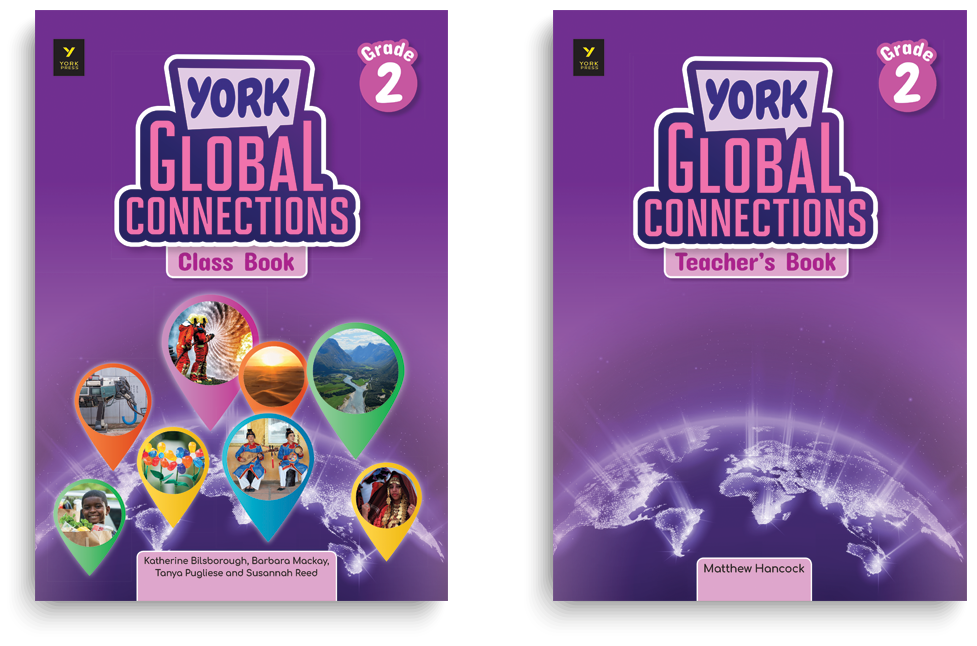
Grade 3
